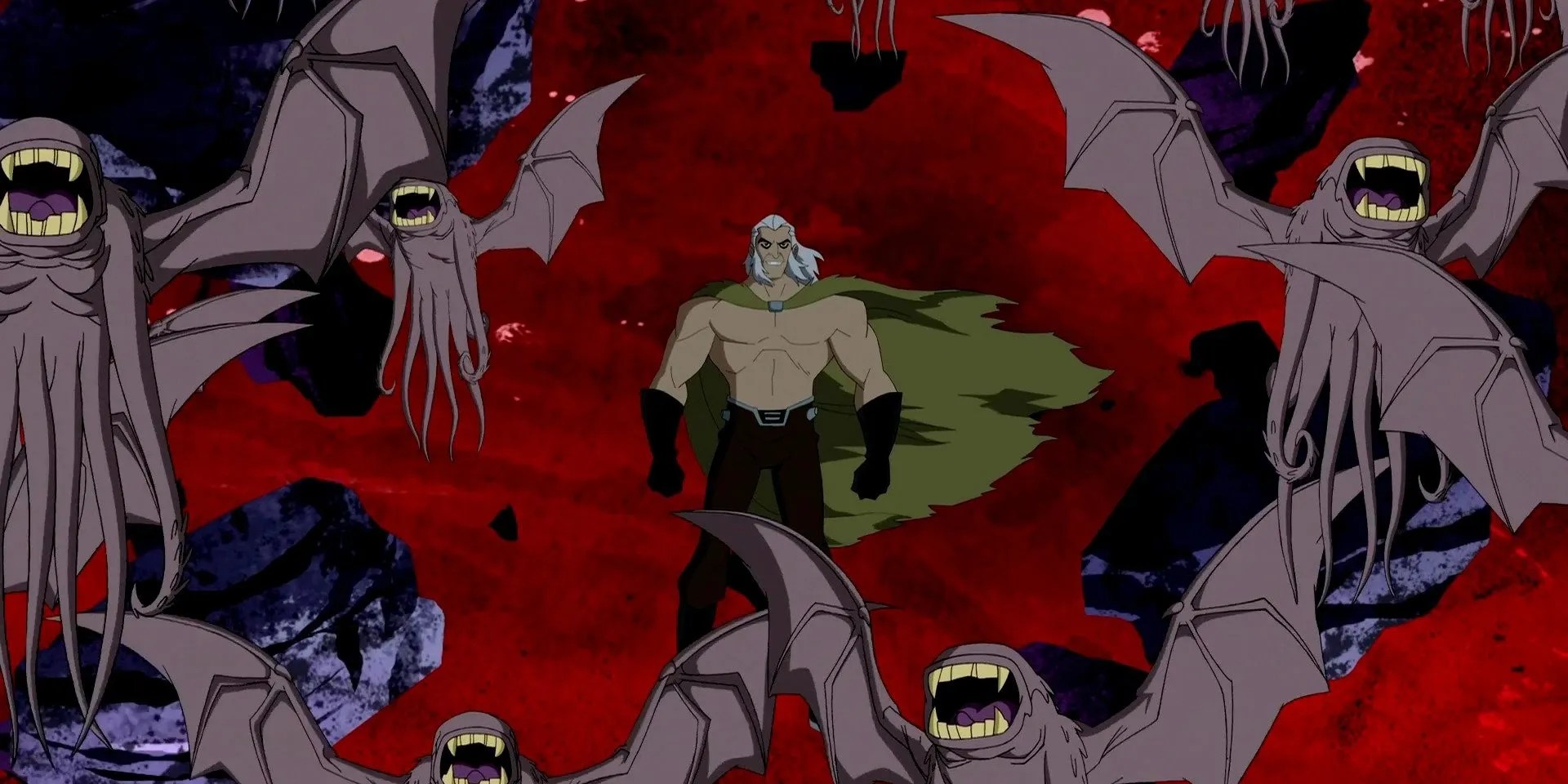When faced with a truly powerful evil being, a hero can often find themselves struggling to find a solution. Killing them is usually off the table for practical or moral reasons, but what kind of cell could possibly hold them? The easiest solution is to open a portal and ship them off to another reality, trapping them in a Prison Dimension forever.
The idea of alternate dimensionsimmediately opens up endless possibilities. A work of fiction will rarely feature only one twist on its universe. With a never-ending expanse of theoretical alternate realities, it’s possible to hide an infinite number of all-consuming threats away in their own discrete pocket of existence.

RELATED:The ‘Death Is Cheap’ Trope In Fiction, Explained
When science fiction features a villain, they usually fit into one of two basic types. They’re eithera human monster whois influential but physically unimpressive or an all-powerful alien being that could single-handedly kill billions. In the former case, they can be defeated in a variety of unique ways. In the latter, they require a permanent solution. The Prison Dimension typically exists exclusively to hold whatever it’s holding. In some cases, it’s a hostile domain that no one else really lives in, making it perfect to house a monster. Other examples are perfectly blank sensory deprivation chambers that leave their victim in complete isolation forever. Many villains will enter a story after escaping a long prison sentence, while others can only be defeated by being sealed away. The Prison Dimension can factor into various aspects of a story, but it’s always a simple way to put someone on ice for good.
Arguably, the earliest version of this trope comes from Ancient Mythology. Hesiod’sTheogonytells the tale of theGreek gods' rise to power. Zeus and his brethren were born to a group of powerful elder deities called Titans. Their father Cronus overthrew his father Uranus to gain the throne, and this experience led him to be distrustful of his own kids. As such, after marrying Rhea, he ate each of their children just after they were born. Rhea finally managed to trick her husband and give birth to baby Zeus. Through unexplained methods, Zeus retrieved his brothers and sisters from his father’s stomach, freed all of Uranus’s unloved children, and waged a ten-year war against the Titans. After winning, Zeus and his siblings needed a prison to store the immortal enemies they’d defeated. They choseTartarus, a pit thatwas as far below Hades as Olympus was above Earth. That terrible place served as a prison for the worst of the worst throughout the stories.

Comic book superheroes love Prison Dimensions. Marvel and DC have tons of villains that threaten the universe by their very existence, so shunting them to an extradimensional plane is often the only way to do away with them. The mostnotable is likely Superman’sPhantom Zone, which was a go-to prison option back on Krypton. Fans will recall that flat album cover-like reality as the home of Zod and his fellow warriors. The Flash has the Speed Force, which he occasionally uses to contain impossible powerful foes. He pops Superboy-Prime in there during Infinite Crisis, but he eventually escapes. Marvel sees Reed Richards make use of the Negative Zone as a prison, but it rarely works out. The concept has made its way to superhero movies as well, including the recentAnt-Man and the Wasp: Quantumania, which saw Kang the Conquerer imprisoned in the Quantum Realm.
The no-killing policy common to superhero comics often requires the institution of a Prison Dimension. That rule is repeated in cartoons and anime.Ben 10, a long-running action seriesinspired by superhero comics, features the Null Void as a penal colony for dangerous aliens. In a rare villainous example,Miraculous: Tales of Ladybug & Cat Noirfeatures Pixelator, who traps foes in photos that act as solitary confinement.The Real Ghostbustersreimagines the Containment Unit as an ever-expanding evil universe.Dragon Ball Zintroduces the Dead Zone, which traps immortals in eternal torment. It held Garlic Jr. until he escaped, then held him once again after he escaped.Yu-Gi-Oh!actually hastwo discreet options. Early villains trapped souls in trading cards, while later episodes saw characters trapped in the Shadow Realm. The latter was likely just a way to avoid mentioning death, but it still counts.
The Prison Dimension is an interesting sci-fi concept, but it’s primarily a solution to a storytelling problem. When a writer wants a way to take a character out of the story while respecting ahard rule against killingand leaving the option to come back anytime, the Prison Dimension is perfect. These alternate realities can be any shape or size, they can take on any shape or form, and they can hold anything they receive. The Prison Dimension is simple, yet effective.